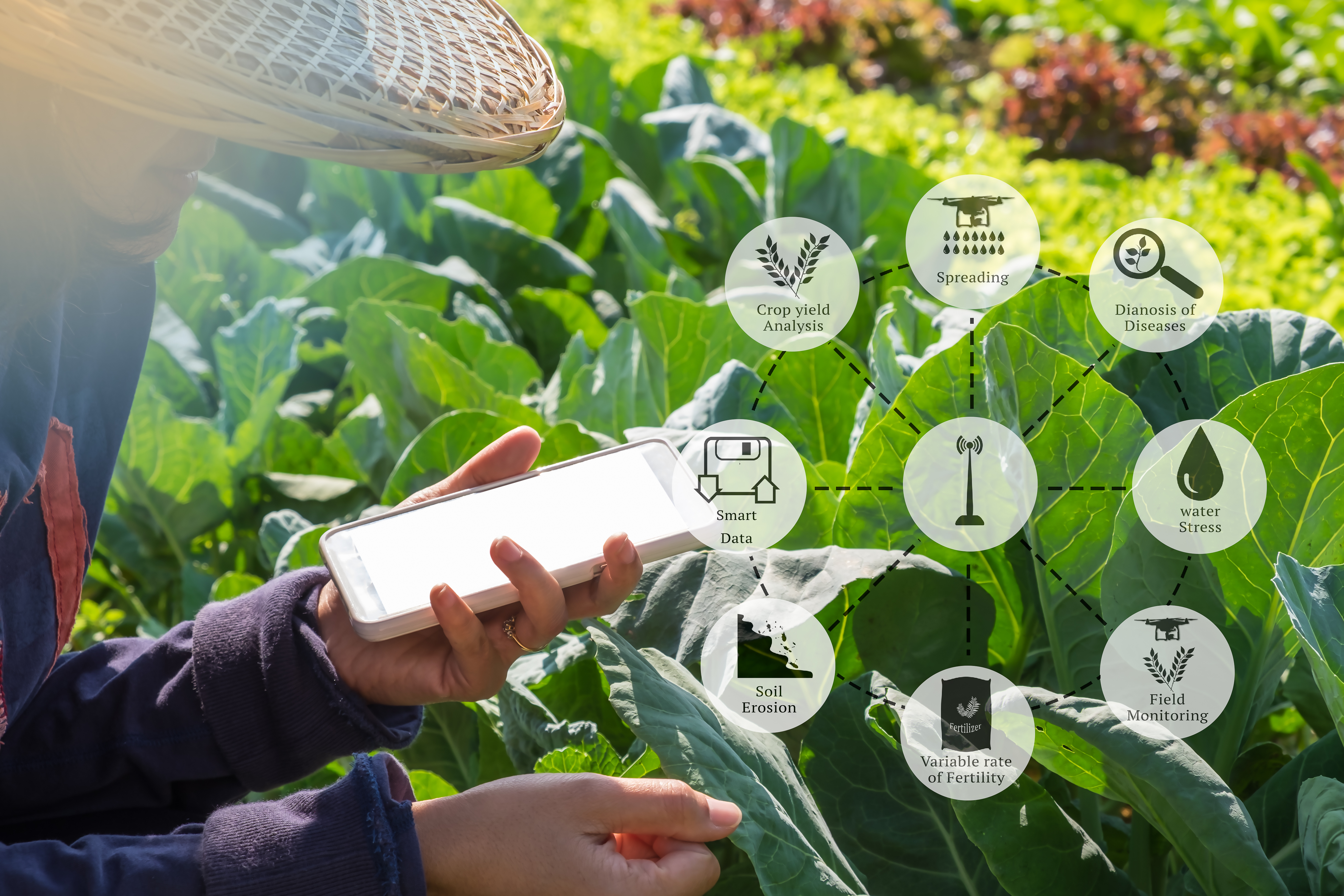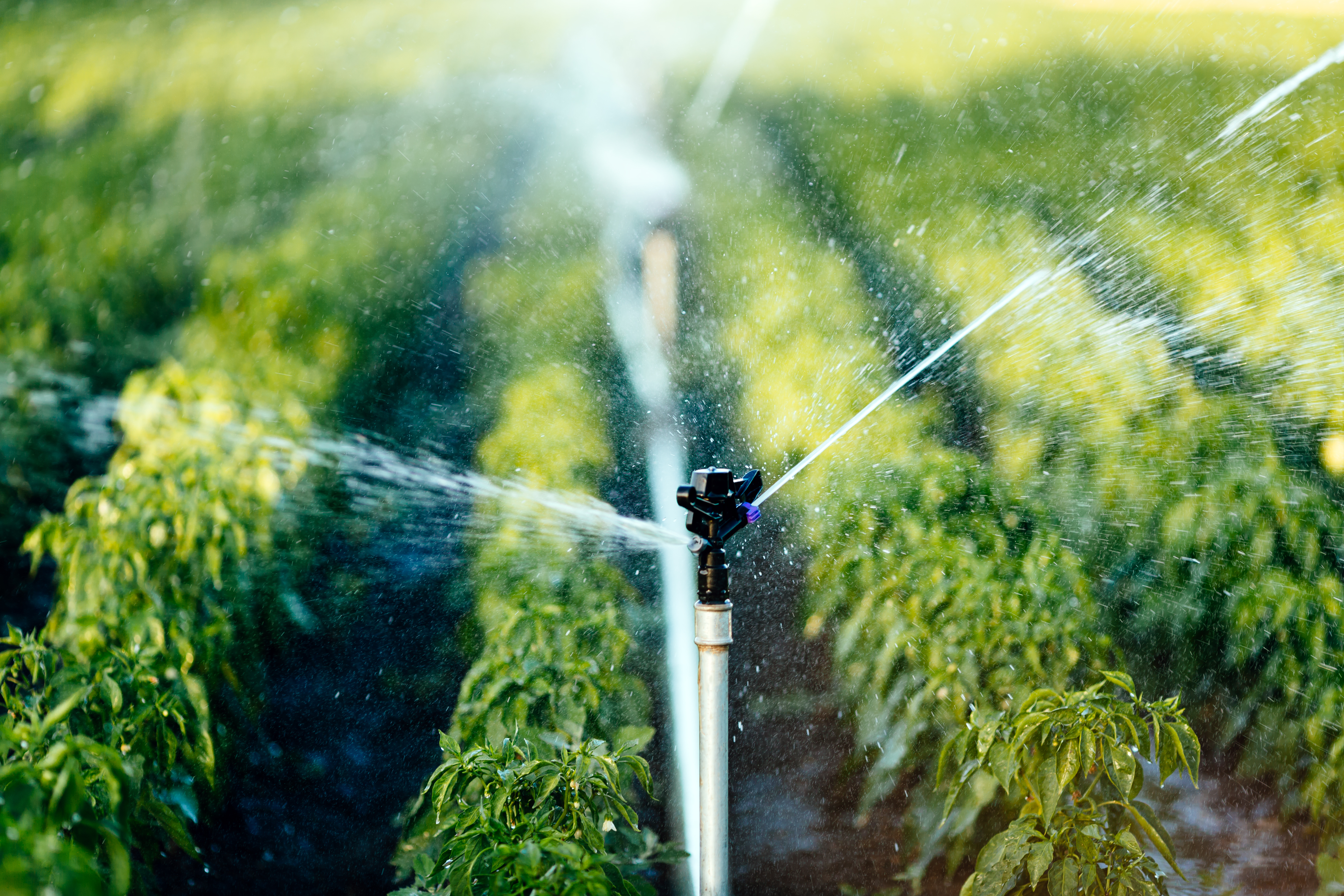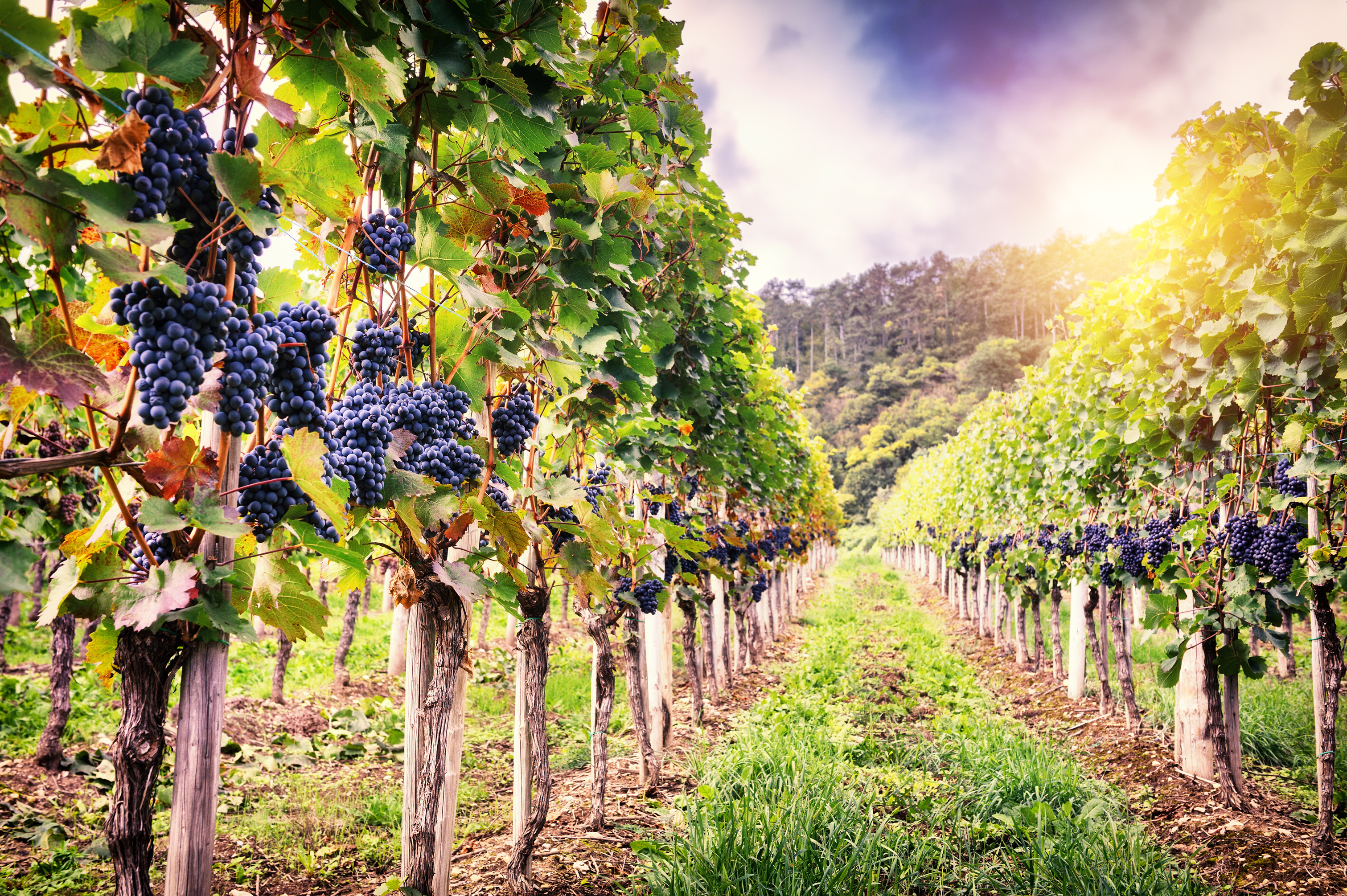
World Population
The reality is this. According to the UN, there will be an extra 2-3 billion mouths to feed by 2050, meaning there will be nearly 10 billion people on Earth. With climate change affecting crop production by 2 percent per decade, it’s safe to think that sustainable solutions will not only benefit us, but generations to come.
So the question is, what are the next steps to take?
Souce: Canadian Federation of Agriculture, Financial Post
Wireless technology and agriculture
There are a number of ways to utilize technology in agriculture, and many ways farmers can make sure their crops and livestock are doing well while maximizing production.
Livestock health and tracking
Wireless sensors are used in the agricultural industry so that farmers are able to monitor livestock. The sensors then gather data for analysis. Therefore, potential threats like illnesses, or and the animal’s feeding schedule is recognized through the device which can help the farmers keep their livestock healthy. By analyzing this data, farmers now have the ability to keep track of their livestock, and will produce food much more efficiently.
Conservation of freshwater
Conserving water is one of the easiest ways to help preserve water resources. There are already devices on the market that were made to help consumers be more responsible with their water consumption. For example, water-efficient showerheads and toilets reduce the amount of household water.
Californians, for example, have no choice but to implement new measures in order to conserve freshwater. Since their supply of freshwater is limited, they have to use underground, 20,000 years old water. People are drilling extremely deep to find water – sometimes thousands of feet due to the lack of available water above ground. Every citizen has to be conscious of how they consume water.
Water Meters and Spidermesh
At the moment, the technology surrounding water meters has not yet reached its full potential. In remote areas, they are running on batteries. Water meters are currently either being read manually, or with a drive-by technology (where someone has to drive by and collect the data through some kind of wireless technology).
Reduce water waste

Wireless sensors monitor moisture, temperature and salinity in the soil. Therefore, monitoring how much water is being used in each area of the crop field, or golf course, for example.
Water Quality sensors
Microbiological sensor technology is evolving rapidly, and the practice of real-time microbiological water quality monitoring is therefore becoming more common, particularly in the case of bacteria. The use of sensors is crucial for water quality management. When analyzing water quality, these are a few parameters that are monitored: Ph level, conductivity, turbidity, dissolved oxygen, and oxydo-reduction potential.
The ability to connect thousands of water meters on the same network is one more step towards a smart city. This is all possible with low power, wide area network technology, just like Spidermesh.
A fully cooperative mesh network, SpiderMesh has virtually no limit in range, network size, excellent reliability, and robust self healing, repairing and deterministic network protocol. Connecting thousands of water meters in a smart city is now an option, making it possible to obtain data easier than ever before.
Smart Farming and Soil Sensors

Farmers are particularly affected by this shift in the agricultural industry. They have to tackle the water allocation issue in drought conditions, and make sure they’re able to grow their crops and provide enough supply for this increased demand. In order to do this, they use water quality sensors in order to monitor watersheds.
Soil-moisture sensing and the rise of smart irrigation plays a major role in the evolution of smart farming. By incorporating sensors, farmers are able to monitor the specific needs of their soil.
The main focus of these sensors is to apply the correct amount of water, depending on the season as well as taking into account the different types of ground throughout the field. The use of sensors helps them manage seasonal water application, applying less early and late in the season. If sensors are deployed in several areas of the field, they can direct differential irrigation rates, creating uniform soil moisture, reducing water use, and improving overall yield.
By incorporating soil sensors, these farmers are using precision agriculture. This method allows farmers to gather real-time data with the help of sensors, and collect insights in order to know which action to take given that data. There are many added benefits to applying this method.
One interesting fact: why do local farmer tomatoes normally always taste sweeter? Because crop producers voluntarily stress their tomatoes and grapes at a certain fruit stage. By applying just the right amount of water, the crop will strive but not too much. Therefore, the plants have to send more sugar to the fruit so that water can be extracted more easily. The end product is tastier tomatoes and wine, and the value of your crop increases.
As we have already seen in the last few years with the growing IoT boom, technology has come a long way, and can now help industries like agriculture become more efficient, and save on costs. The whole purpose of precision agriculture is for farmers to work smarter, not harder.
The ability to utilize this information and then integrate it into their crop strategy can maximize yield, minimize losses, and ensure sustainable practices in the farming industry. By digitalizing the agriculture sector, farmers are able to be more proactive when it comes to their crop production, and have more of a sense of control.
Vertical Farming
According to the Balance Small Business, by 2050, the world’s population is expected to grow by another 2 billion people.
As the population increases, a higher demand for food will be inevitable. The agricultural industry will have to find ways to maximize their crop yield in order to provide enough product to meet the increased demand. The first step to take would be to use the land more effectively. The future of agriculture may turn to vertical farming as a viable solution from the lack of space.
This method of farming involves producing food on vertically inclined surfaces. Instead of farming on a single level, like in a field, the food is grown using vertically stacked layers integrated into other structures like a skyscraper, shipping container or a repurposed warehouse.
Using Controlled Environment Agriculture (CEA) technology, this modern idea uses indoor farming techniques. The artificial control of temperature, light, humidity, and gases makes producing foods and medicine indoor possible.
The primary goal of vertical farming is maximizing crops output in a limited space.
Industrial development and urbanization has taken over a lot of the cultivable land. According to the Guardian, there are some Scientists that say the Earth has lost a third of its cultivable lands over the last 40 years.
Final Thoughts
There are numerous ways that technology can help the agricultural sector, and make significant improvements on the ways we use water and the way we monitor crops. By implementing precision agriculture, soil sensors, and taking the time to analyze the data, farmers as well as consumers will inevitably benefit from the fruits of their labour. Vertical farming is a possible solution due to the lack of physical space for agricultural production. Crucial factors that farmers would want to monitor are: Humidity, Co2, temperature and light. They would have access to real-time data and be able to take the appropriate steps.
Leave A Comment